MARKET OVERVIEW
The future in the global market for treatment of psoriasis is likely to expand significantly. The rise in terms of interest for the Global Psoriasis Treatment market and its industry is that the incidence rate of this disease is increasing not only at the national but also at the global level. It is an autoimmune chronic condition wherein there is rapid accrual of epithelial cells, resulting in a consequence of scale formation, inflammation, and redness around the scales. Indeed, the treatment landscape must be pluralistic and is always on the move with the course in medical research and their identification of more insight into the pathophysiology of the disease.
New Development List During the past two decades, therapeutics in the pharmaceutical field have been advanced through topical remedies, systemic drugs, and biologics. These have emanated mainly from a focus on customer-centric care and, consequently, an even higher demand for therapeutic efficacy and the duration of treatment. Obviously, topical corticosteroids and vitamin D analogs remain the backbone of most therapies, but clearly, systemic therapies, including biologic drugs targeting specific pathways proven to play a role in immune response, are becoming part of the mainstream of pharmacologic therapies.
Psoriasis is one of the chronic skin conditions that affect millions of people worldwide. It causes red, itchy patches that can appear on any part of the body and vary from one individual to another in their seriousness level. In the history of treatment, this condition has undergone changes with the development of medical research and technology.
It is witnessing lots of new promising biologic treatments for diseases with better management and quality life for the patient. Innovation in the Global Psoriasis Treatment market does not account for pharmacological intervention alone. Recently, there was phenomenal interest noticed in personalized medicine with a view to tailoring the treatment plans according to characteristics of the patients. This trend goes heavily on the researches done in genetics and the discovery of biomarkers that make such possibilities possible. Consequently, therapies can target more precisely. This would also enhance effectiveness in treatment but also decrease undesirable side effects, an approach more favored in the modern health care system.
Of growing interest, too, are non-pharmacological interventions found within industry circles. As patients become better educated about their status, style and diet alterations, and even stress management are now part of care plans that are holistic rather than one-dimensional when it comes to patient care. Advances in digital health technologies-including telemedicine as well as mobile health applications-only empower the patient to better engage themselves with treatment. Therefore, continuous support in all these aspects is going to result in better outcomes for the treatment. The Global Psoriasis Treatment Market has promising prospects in the next future and is likely to expand and transform further into the near future.
Out of this work, research, and development come new therapeutic targets and new ways of treatment. Several lines of evidence for gene therapy are still under way. Beyond all this, promising potential has been found with regard to more effective and more sustainable treatments in the area of regenerative medicine. At the same time, there will be enhanced coordination between pharmaceutical companies and research institutions and healthcare providers, which is good for the market and triggers a better multidisciplinary approach in the treatment of psoriasis. The Global Psoriasis Treatment market is an evolving dynamic one. Ongoing medical research, acceptance of personalized medicine, and continuous incorporation of digital health technologies are shaping the future of this industry. As that knowledge of the disease grows and every new unlock creates avenues for their treatment, it will be proven helpful in speeding up boosts within the efficiency of the solutions that are available through the market towards improvement in quality of life.
Global Psoriasis Treatment market is estimated to reach $45693.8 Million by 2031; growing at a CAGR of 7.1% from 2024 to 2031.
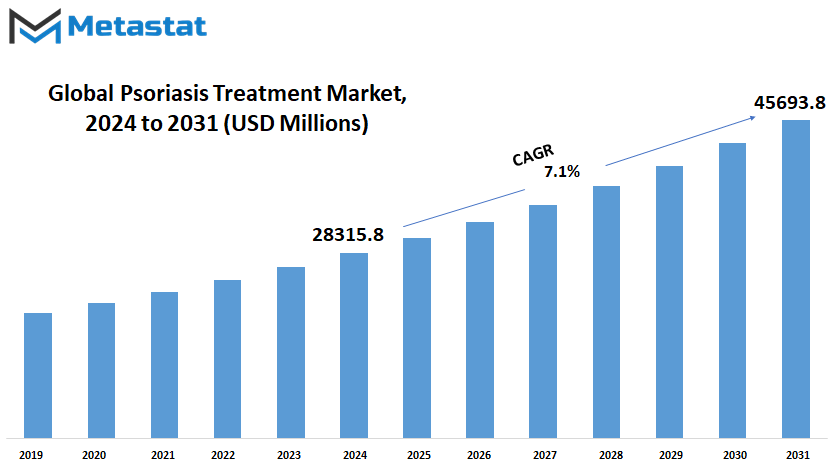
GROWTH FACTORS
There will be further expansion in the treatment market due to more advancement in medical research and technology where new therapies and innovations will start to emerge in the global psoriasis treatment market. The key drivers of growth of the Global Psoriasis Treatment Market will be the rapidly rising incidence of psoriasis. Higher prevalence of diagnosed patients will lead to a higher demand for effective, accessible treatments. Other than the factors already mentioned above, increased awareness of the condition of psoriasis and the scale at which it affects the quality of life will focus more on betterment of the treatment that is available in the present market. This made it even more significant for the services of healthcare to focus on early detection and intervention, which, in turn, would stimulate demand for even more advanced and particular therapies.
Other reasons that will fuel this market are continued research and development in biotechnology and pharmaceuticals. The day when scientists reach an understanding of mechanisms causing psoriasis effective treatments with fewer side effects would be developed. These biologic therapies seem to target specific elements of the immune system; they are already some of the more important players in the treatment of psoriasis and aim at being enhanced: new treatments come as a promise for those patients who, until now, have not responded to classic treatments.
Healthcare infrastructure investment will increase, most prominently in the developing regions, over the next few years. Bettering health care infrastructure will further the market as the treatment for psoriasis will surge since more and more people will have access to such treatments as their healthcare system begins to improve. Increased health services will likely translate into increased usage of treatments for psoriasis around the world.
Except for that, the increasing demand for personalized medicine will try to shape the global psoriasis treatment market in the future. Personalized medicine is based on genetic makeup and lifestyle issues. Therefore, the treatment becomes the most accurate for each patient. This opens up a more efficient route for better outcomes among patients and will also fuel further the requirement for innovative treatments related to psoriasis.
The Global Treatment Market for Psoriasis is promising with advancements in the stream of medical science, increase awareness and availability, and access to health care for many. Continued focus on research and new treatments will further shape this market forward.
MARKET SEGMENTATION
By Drug Class
Among the sectors that are most likely to grow over the next few years is global psoriasis treatment. This is majorly because of gains happening in medical research and a better understanding of the disease. Psoriasis is that chronic skin condition characterized by red, itchy, and scaly patches with millions of people affected worldwide. Therefore, the demand for the effective treatment is increasing because of people knowledge and their sense of illness, which further compels them to seek medical help.
The key driver that is contributing to the increase in the psoriasis treatment market is the innovative and new drugs. These drugs address the root causes of diseases and provide extended protection to the patients. Thus, much of the market classifies by the category of drug. The key categories that tend to appear in the market are TNF inhibitors, interleukin inhibitors, vitamin D analogs, and some other categories. So, all the medicines belonging to these categories play significant roles in the therapeutic treatment landscape.
Long has long been at the forefront of treatments of psoriasis. Long-term research shall continue to bring forth new TNF inhibitors with increased efficacy and fewer side effects, thus availing patients of better options. The TNF inhibitors block an inflammatory prompt substance in the body -tumor necrosis factor.
Another well-revenue-generating segment for psoriasis drugs includes the interleukin inhibitors. These are drugs that target special proteins within the immune system which, when activated, lead to inflammation and rapid turnover of cells within the skin. Therefore, there is potential for reducing the severity of the disease due to these proteins with the use of these drugs. Various new interleukin inhibitors are under clinical development.
Vitamin D analogues constitute one of the most prescribed drugs for treating psoriasis. Normally, they decrease the rate of cell growth in the skin, leading to a decrease in inflammation. They are mainly administered with other drugs for the addition of increased beneficial effects. The researchers are doing great work in this category of drugs that always develops and enhances the outcome for patients, holds new avenues for managing diseases, and will keep changing with the improvement in treatment.
Many improvements are also waiting for methods of administration. For example, the researchers are now developing direct administration of drugs to the areas suffering from psoriasis, which consequently reduces its systemic effects and allows more adherence by the patient to the drug. Advanced technologies like nanoparticles and gene editing have promised much in the future of psoriasis treatment.
The coming years will surely see a sea change in the treatment market for psoriasis primarily because of ongoing research and innovation that would unseal new drug classes and advanced treatment methods. And in consideration of new treatment alternatives, new avenues will open for patients for better and more personalized care. Thus, the future of psoriasis treatment appears to be very promising inasmuch as it will advance the quality of life of those afflicted with it significantly.
By Type
Due to enhancement in medical science and more awareness towards this disease, the world market towards treatment regarding psoriasis is growing at an extremely fast rate. Psoriasis is a chronic skin disease resulting in reddish itchy patches on the skin that kills hundreds of millions people all over the world. Due to developing medical science better options come forth towards the treatment regarding the same condition that is suffering by the patient.
Treatment for psoriasis broadly falls under the kind of psoriasis they treat; this includes plaque psoriasis, psoriatic arthritis and other rarer forms of psoriasis. Mostly, most of the cases fall into the category of plaque psoriasis, which is the most common one. That ranges from topical therapies that include corticosteroids and vitamin D analogues all the way to biologics and systemic drugs. One such achievement is certainly the biologics, drugs targeting areas of the immune system involved in inflammation and formation of plaques. With the desire to target, most often, cases that run on the spectrum from moderate to severe in severity, the ultimate goal remains to improve quality of life within a given patient and extend the period of remission.
Some symptoms of arthritis combine with symptoms of psoriasis in Psoriatic arthritis. Obviously, it is one condition needing different sorts of treatments because this kind of disease involves not only the skin but also serves as pain and inflammation of the joint. Treatment includes NSAIDs such as DMARD and biologics. There would be an urgent need for a precise diagnosis and personalized care plan for it could help in giving prompt and aggressive intervention to control the symptoms. This, therefore, would help avoid damage to the joint.
Improved and increasing awareness of psoriasis diseases and an even greater impact it has on the quality of life have led to an increase in treatment-seeking. R&D to date have continued to bring new and more effective therapies to the market. Pharmaceutical companies have continually invested in innovative treatments, next-generation biologics, and oral treatments providing greater convenience and efficacy.
By Treatment Modalities
Many treatment modalities, representing different aspects of treatment, are available. These include Biologics, Small Molecule/Systemic Treatments, Topical Treatments, and Phototherapy. One of the above treatment modes targets psoriasis in a very different way and thus makes it possible for patients and providers of health care to have choices and decide on the extent of disease or their own individual response to therapy.
Biologics belongs to a new class within the treatment of psoriasis, that is to say, it consists of medication derived from living organisms or fragments of them. In working, they stimulate various parts of the immune system responsible for causing the diseased condition so that inflammation and other symptoms are decreased. Biologics have been shown by clinical study to offer patients the great improvement seen in the quality of their skin
Small Molecule/Systemic Treatments include oral tablets which may act throughout the body to relieve symptoms of psoriasis. They could be employed for individuals with moderate to severe plaque psoriasis who have responded less to other treatments. These medicines appear to mainly be used for blocking the effects of a variety of molecules or pathways of the immune system and growth of skin cells
Topical treatments are the cornerstone treatment method for mild to moderate psoriasis and thus topical application directly delivers medication to the effected skin area reduces inflammation that causes characteristic over secretion of skin cells. Included in topical preparations are creams, ointments, and foams that include corticosteroids, vitamin D analogs, or even other medications intended to calm the overworking skin and reduce signs and symptoms.
Phototherapy exploits ultraviolet light to target the affected skin areas, thereby slowing up cell turnover and inflammation. While this often involves time in a healthcare setting with appropriately approved equipment, in some situations, your healthcare provider can provide guidance so that phototherapy may be implemented in the comfort of your own home.
This diversity of treatment modalities will play important roles as the global psoriasis treatment market continues to expand, meeting the patient needs of people around the world. Research and development in these areas continue to focus on improvement in the effectiveness of the treatment and the ability to make it more accessible, which, of course, offers hope for better outcomes and, eventually, a better quality of life for those afflicted with psoriasis.
By Distribution Channel
With ongoing medical research and technology development in today's healthcare settings, some options in treating psoriasis can be obtained through various channels within this dynamic global market.
Hospitals are one of the main distribution channels for psoriasis treatment since they offer patients many specialized services under one roof-the expertise of dermatologists and other health care providers who can conceptualize an overall treatment plan. Hospital pharmacies act as critical linkages between these doctors and the drugs that are prescribed in their clinics, and pharmacists help ensure that patients receive the medication they need in a timely manner and with a minimum of risk.
Usually, distribution of treatment for psoriasis is played a great role by retail pharmacies. These pharmacies are suitably located in communities and therefore accessible to patients not necessarily requiring immediate hospitalization but still requiring follow-up management of medication. The pharmacists at these locations provide useful advice regarding use and side effects of medications thereby assisting the patients in managing their condition appropriately.
Online pharmacies have changed the trend of supply of psoriasis drugs over the past few years. With a saving in time and often cost-effective pricing, online pharmacies reach the patients who like to accomplish things from their comfort zones. With this medium, a patient can have access to a vast range of treatments, whereas patients also can take active participation in their health through digital mediums.
Different distribution channels provided by these varied pathways continue to expand the global market of psoriasis treatment in order to satisfy diverse needs and preferences from patients. The role played by each channel in appropriately delivering effective care will evolve as new solutions come forward with advancing medical research. The improvement of treatment outcomes and satisfaction among patients is the focal point both for healthcare providers and pharmaceutical companies through such channels.
It is clear that the world marketplace for psoriasis hosts a number of distribution channels, each significantly contributing to the deliverance of care to patients across the globe. As we look forward now to the future, continued innovation, combined with collaboration from all of the channels above, will continue to advance the ease and effectiveness of treatments on behalf of the patient, ultimately effecting positive results for people suffering from psoriasis.
|
Report Coverage |
Details |
|
Forecast Period |
2024-2031 |
|
Market Size in 2024 |
$28315.8 million |
|
Market Size by 2031 |
$45693.8 Million |
|
Growth Rate from 2024 to 2031 |
7.1% |
|
Base Year |
2022 |
|
Regions Covered |
North America, Europe, Asia-Pacific Green, South America, Middle East & Africa |
REGIONAL ANALYSIS
Geographic regions that form the global market for treatment of psoriasis vary widely, and therefore, the characteristics influencing their treatment are different. North America, which includes the U.S., Canada, and Mexico, is at the top with an advanced healthcare infrastructure and large pool of patients. Availability of biologic therapy and novel treatments here enhances growth in this market. Europe, which constitutes the UK, Germany, France, Italy, and others, is the second significant region. It supports this market due to high research activities and increased prevalence of cases.
Moving over to Asia-Pacific, which includes India, China, Japan, South Korea, and neighboring countries, the market promises scope for expansion with galloping healthcare expenditure and awareness among patients, though treatment accessibility and affordability do vary due to regulatory differences across countries.
South America, home country being Brazil, Argentina, and others, will witness a steady market growth owing to better health care and increased receptiveness towards sophisticated treatment therapies. Middle East & Africa regions are perceived as unique with emergent economies and less-developed health-care infrastructure in some areas of the regions; therefore, poor availability of treatments is a significant development hurdle for this market.
In summary, the worldwide geography of the treatment of psoriasis varies widely in regional factors influencing market dynamics. North America and Europe are better due to improved healthcare systems and a high amount of research activities that give innovation in treatment options. The Asia-Pacific and South America regions offer good growth opportunities due to an improving healthcare infrastructure and increased awareness level. The Middle East & Africa region has challenges in terms of access within health infrastructure, but it shows moderate improvements.
The influence of biotechnology and personalized medicine will further enhance the upcoming psoriasis treatments. Continuous search for maximized therapeutic effectiveness with minimized adverse effects will promote innovation while trying to find diverse regional needs and improved patient outcomes worldwide. Collaboration between care providers, researchers, and policymakers will become an essential driver of change when bridging global disparities and improving access and quality of psoriasis treatment.
Overall, the global market for psoriasis treatment has been changing with regional nuances and evolving advances in medical science-a more promising future for all patients worldwide.
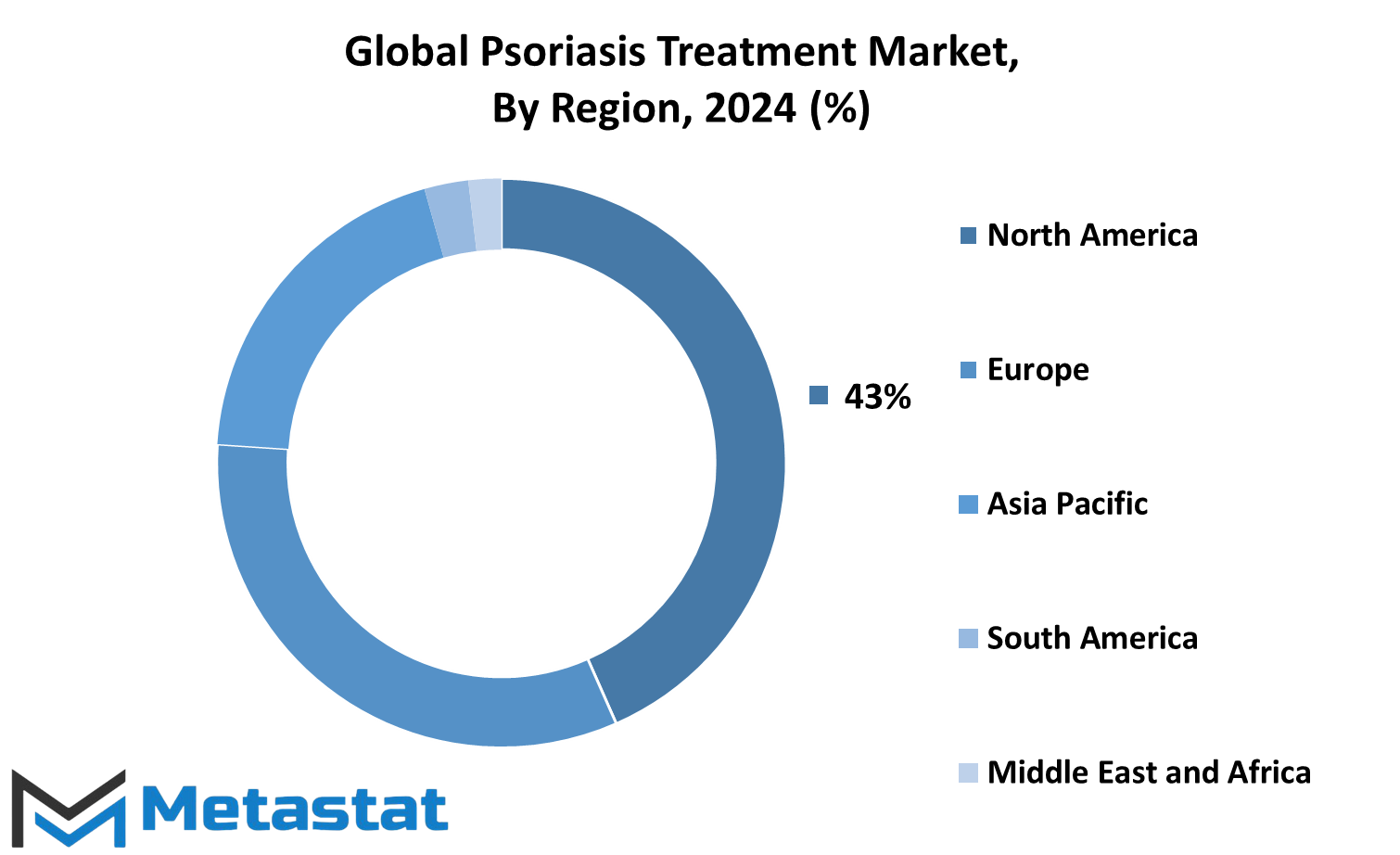
COMPETITIVE PLAYERS
Competition among numerous top companies, however engaged in this rapidly expanding global market, is pretty severe. Such companies include AbbVie Inc., Amgen Inc., Novartis AG, among many other leading ones. All these companies immensely contribute toward advancements of innovation and further improvement in numerous treatments to be available for persons with psoriasis.
The key stakeholders in seeking effective treatments apart from Sun Pharma are AbbVie Inc., a biopharma-focused company, Amgen Inc., a leader in the field of biotechnology, and Novartis AG, one of the world's leading companies in global healthcare. Their research is a significant contributor towards the overall satisfaction of global patients' different needs. Other companies that have an impact on the market due to their research and developments are Boehringer Ingelheim International GmbH, Eli Lilly and Company, and UCB S.A.
Notable companies in the Dermatology Products market include Sun Pharmaceutical Industries Ltd., Merck & Co., Inc., and Bausch Health Companies Inc., which hold considerable portfolios in dermatological treatments. Companies like Kyowa Kirin Co., Ltd, Galderma S.A., and Almirall, S.A possess high expertise in skin health, hence upping competition levels in the market.
The companies that further add to market dynamics are AstraZeneca, Astellas Pharma Inc., and Bristol-Myers Squibb Company, as all of them build on the strengths of their pharmaceutical research by developing new therapeutic means. Johnson & Johnson and LEO Pharma A/S have long-term dermatological commitment, whereas Evelo Biosciences, Inc. and Takeda Pharmaceutical Company Limited are known for innovative biotechnology approaches towards treating psoriasis.
Similarly, Pfizer Inc. is contributing its fair share by leveraging its globalization resources to further therapeutic alternatives. The companies have and continue to invest regularly in research and development with objectives that include finding new therapies that will improve patient outcomes and quality of life.
Collaboration and innovation in this competitive environment are both of crucial importance. Companies all over the world collaborate with different research institutions, healthcare providers, and others to better understand and develop targeted treatments for psoriasis. It is fastening the scientific outputs that leads emerging therapies meeting changing patient requirements worldwide.
With new discoveries and advancements in technology, the global psoriasis treatment market will continue its growth in the years ahead. Players who stay ahead will lead the progress and therefore address the challenges that pose problems in effectively treating many.
The current competitive landscape of the psoriasis treatment market is vibrant, dynamic, with a main player set for big leaps in advancing therapeutic options. This combined endeavor from most players in the market will influence the future of treating psoriasis, a hope for millions of patients worldwide.
Psoriasis Treatment Market Key Segments:
By Drug Class
- TNF Inhibitors
- Interleukins Inhibitors
- Vitamin D Analogs
- Others
By Type
- Plaque Psoriasis
- Psoriatic Arthritis
- Others
By Treatment Modalities
- Biologics
- Small Molecule/Systemic Treatments
- Topical Treatments
- Phototherapy
By Distribution Channel
- Hospital Pharmacies
- Retail Pharmacies
- Online Pharmacies
Key Global Psoriasis Treatment Industry Players
- AbbVie Inc.
- Amgen Inc.
- Novartis AG
- Boehringer Ingelheim International GmbH
- Eli Lilly and Company
- UCB S.A.
- Sun Pharmaceutical Industries Ltd.
- Merck & Co., Inc.
- Bausch Health Companies Inc.
- Kyowa Kirin Co., Ltd.
- Galderma S.A.
- Almirall, S.A.
- AstraZeneca
- Astellas Pharma Inc.
- Bristol-Myers Squibb Company
WHAT REPORT PROVIDES
- Full in-depth analysis of the parent Industry
- Important changes in market and its dynamics
- Segmentation details of the market
- Former, on-going, and projected market analysis in terms of volume and value
- Assessment of niche industry developments
- Market share analysis
- Key strategies of major players
- Emerging segments and regional growth potential



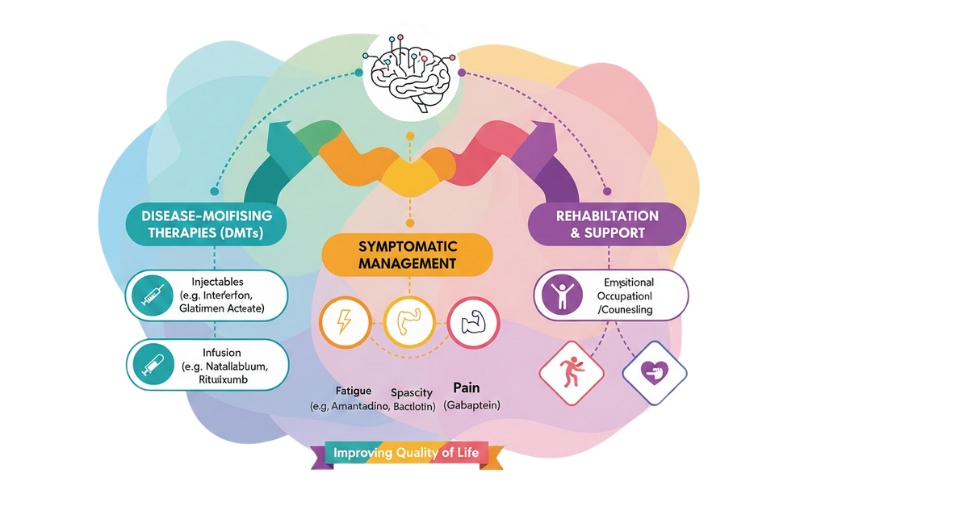
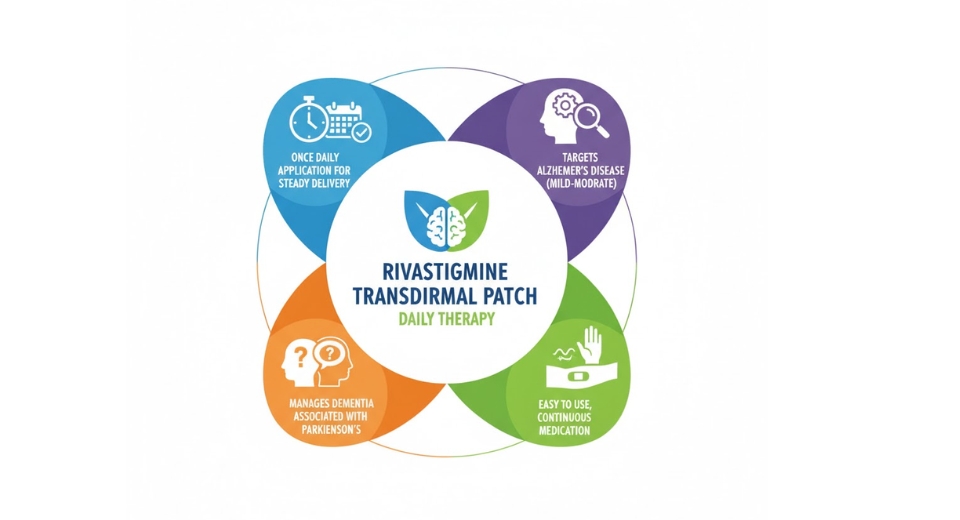
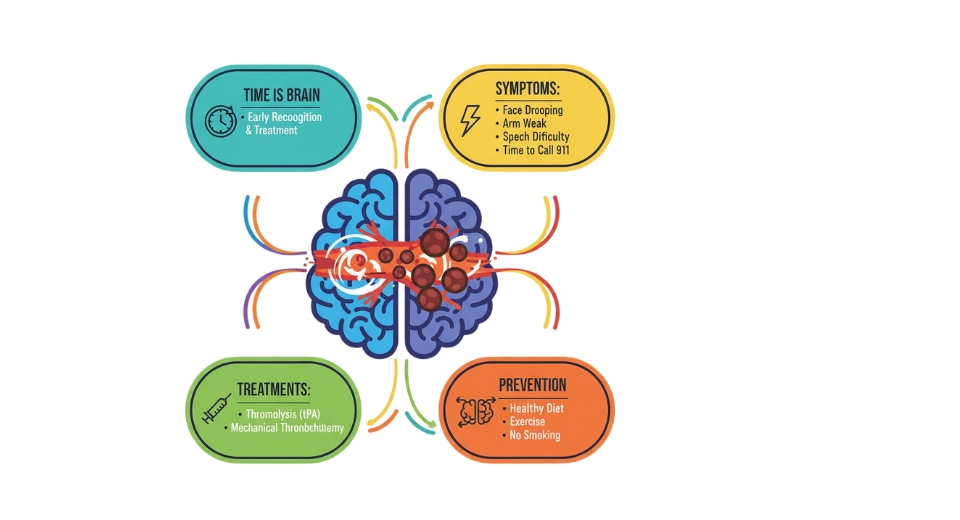
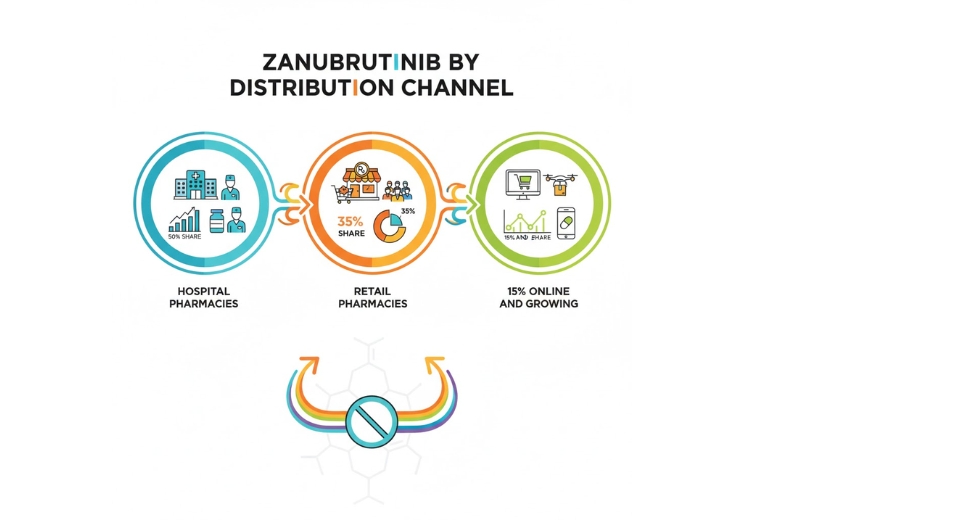

 US: +1 3023308252
US: +1 3023308252






